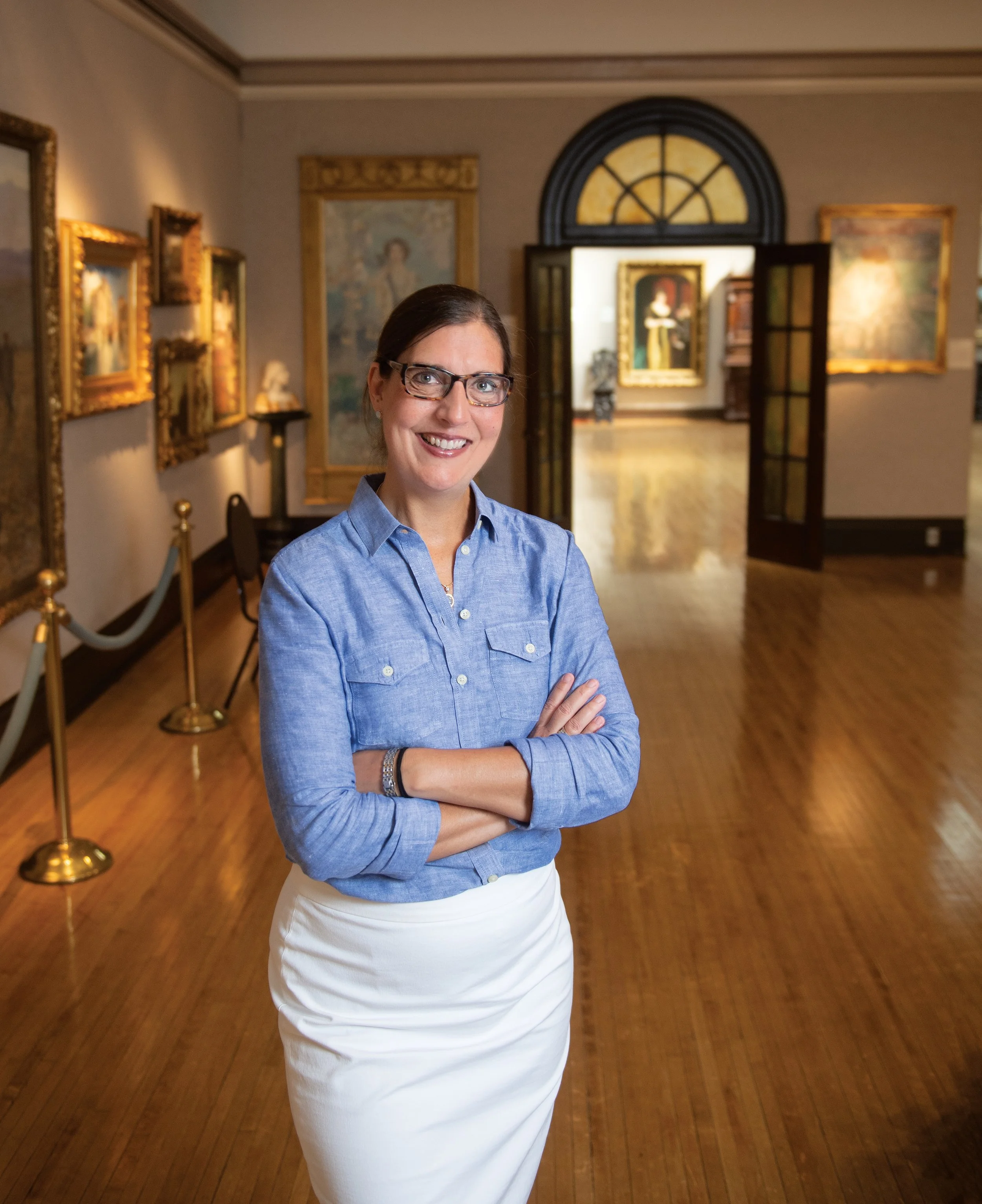Arts are need-to-have
by Sally Dix
executive director, Bravo Greater Des Moines
Sally Dix. Photo by Duane Tinkey
Although the creative sector is regularly celebrated for the beauty and color it contributes to the region, it can be viewed by donors as a nice-to-have amenity, not a need-to-have asset. As the philanthropic landscape has shifted to metrics-based investments, frequently focused on essential needs, the arts are facing a challenge to compete for available funds. How do donors compare the value of the number of meals provided against the spark of imagination ignited when a class of third graders hears the symphony play for the first time? How does the number of affordable housing units built measure up to the impact of seeing your culture elevated and celebrated at a festival that draws thousands? When there are so many immediate, critical community issues to invest in, how do donors measure and place value on the impact of a standing ovation? And who gets to decide for anyone else whether creativity and beauty are essential?
John Muir, environmentalist and activist who advocated for the creation of the country’s national parks system, once said, “People need beauty as well as bread.” Although he was talking about access to nature, he was acknowledging that food and shelter are basic and essential needs, and also that beauty can provide comfort, resilience, wisdom, and the means for self-expression and connection, which are essential to belonging and identity. The demand for arts and culture is more significant than ever as individuals and society seek to understand the complexity of the world we live in. Donors and communities should leverage this opportunity to invest in arts and culture as essential to a thriving, vibrant future for all.
The path forward, of course, is not in the competition, but in the integration. Instead of “arts or,” donors need to be able to see “arts and.” The message that arts and culture are separate from achieving regional priorities must be replaced by the message that arts and culture are essential to moving the needle on every issue facing the region. When we talk about education objectives, we should include that low-income students who are highly engaged in the arts are more than twice as likely to graduate college than their peers with no arts education. When addressing safe communities, the fact that participation in after-school arts programs causes juvenile crime to fall by 4.2% on average should be considered. When defining pathways to increase civic engagement, it should be understood that 78% of young adults who had arts-rich experiences were more likely to vote or participate in a political campaign. Artmaking can provide innovative and unique ways of raising the profile of the complex issues related to housing, hunger and income, and it can make visible the ways a community can respond thoughtfully and collectively. Investing in the arts means investing in everything donors want to support in our region.
As the region’s arts council, Bravo is working hard to not only support the cultural sector but also to amplify understanding of the impact of arts, culture and heritage on advancing all regional priorities. While there is growing appreciation for the role of arts and culture to advance civic vitality, more intentional effort to reinforce the direct link between arts and economic and social impact is needed. Collecting and centralizing more information about the sector’s assets and challenges will bring more opportunities to further integrate arts, culture and heritage into regional philanthropic decision making.
One example of how Bravo is activating this intentional alignment is through Passport to Culture, a program started in 2008 in collaboration with the Community Foundation of Greater Des Moines and the Principal Charity Classic after the community expressed a need for funding for field trip admissions and transportation. Last year, with continued support from the Community Foundation, Bravo invested more than $120,000 so that more than 22,000 elementary school students in every public and private school in the region could have more access to arts and cultural experiences. Educators report that 50% of those experiences would not have happened without this program. Beyond inspiration and joy, this investment matters because we know that low-income students who participate in the arts, both in school and after school, have a dropout rate of just 4% — five times less than their peers. This is an investment in the arts that directly aligns with an investment in our community’s future and is just one of dozens of youth programs being offered by outstanding cultural organizations across the region that may be overlooked.
Artistic and cultural expression highlights creativity and inspiration, and great cities are defined by the vibrancy, health and diversity of their cultural offerings. From internationally renowned museums and performances to hyper-local organizations that celebrate the history of a single people, the breadth and depth of cultural offerings in a community drives not only quality of life but also economic, social and community impact. Greater Des Moines is fortunate to boast a nonprofit cultural ecosystem of nearly 100 organizations that not only engage and inspire but also contribute more than $185 million in annual economic impact and drive outcomes across sectors. The best way to continue to strengthen this vibrant sector is to believe that it is essential and invest accordingly.
How do you see philanthropy efforts changing in the next five years?
Philanthropy will continue to lean into investments that drive systems-level change. There will always be space for donating in a single organization or program, but more and more the expectation will be for cross-sector innovation that secures needed resources to address causes rather than outcomes and achieve better results for everyone living in our community.
